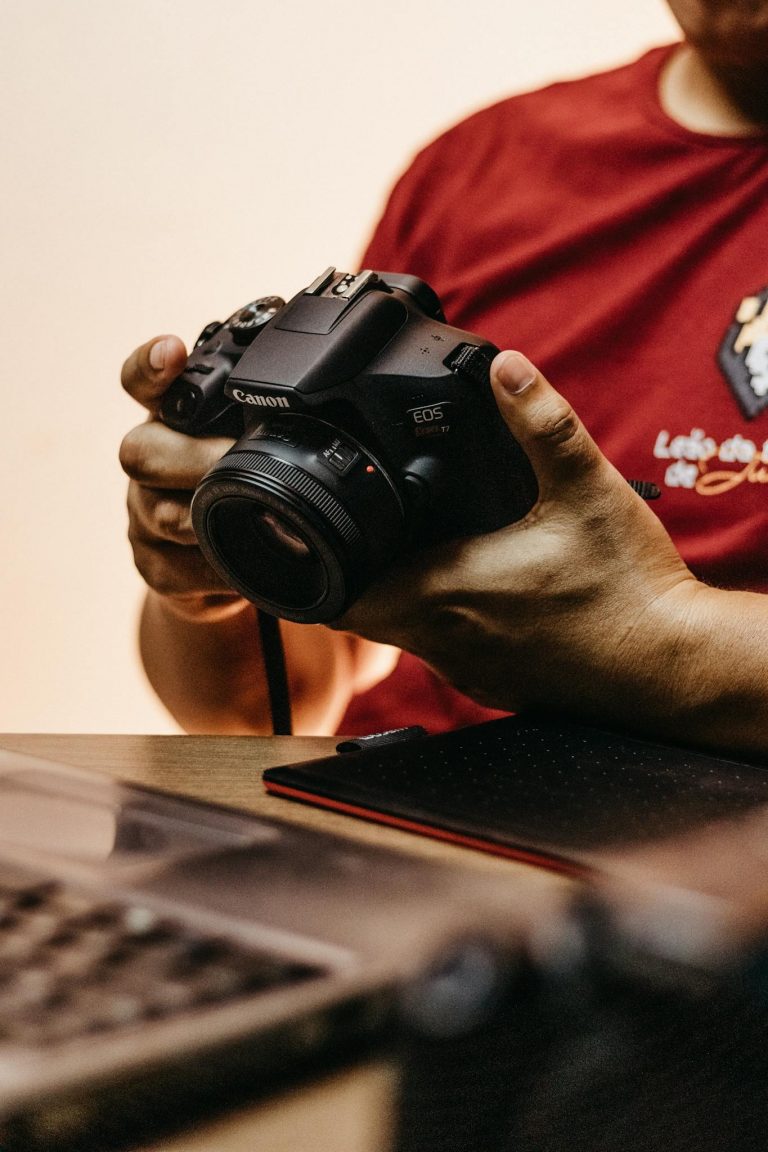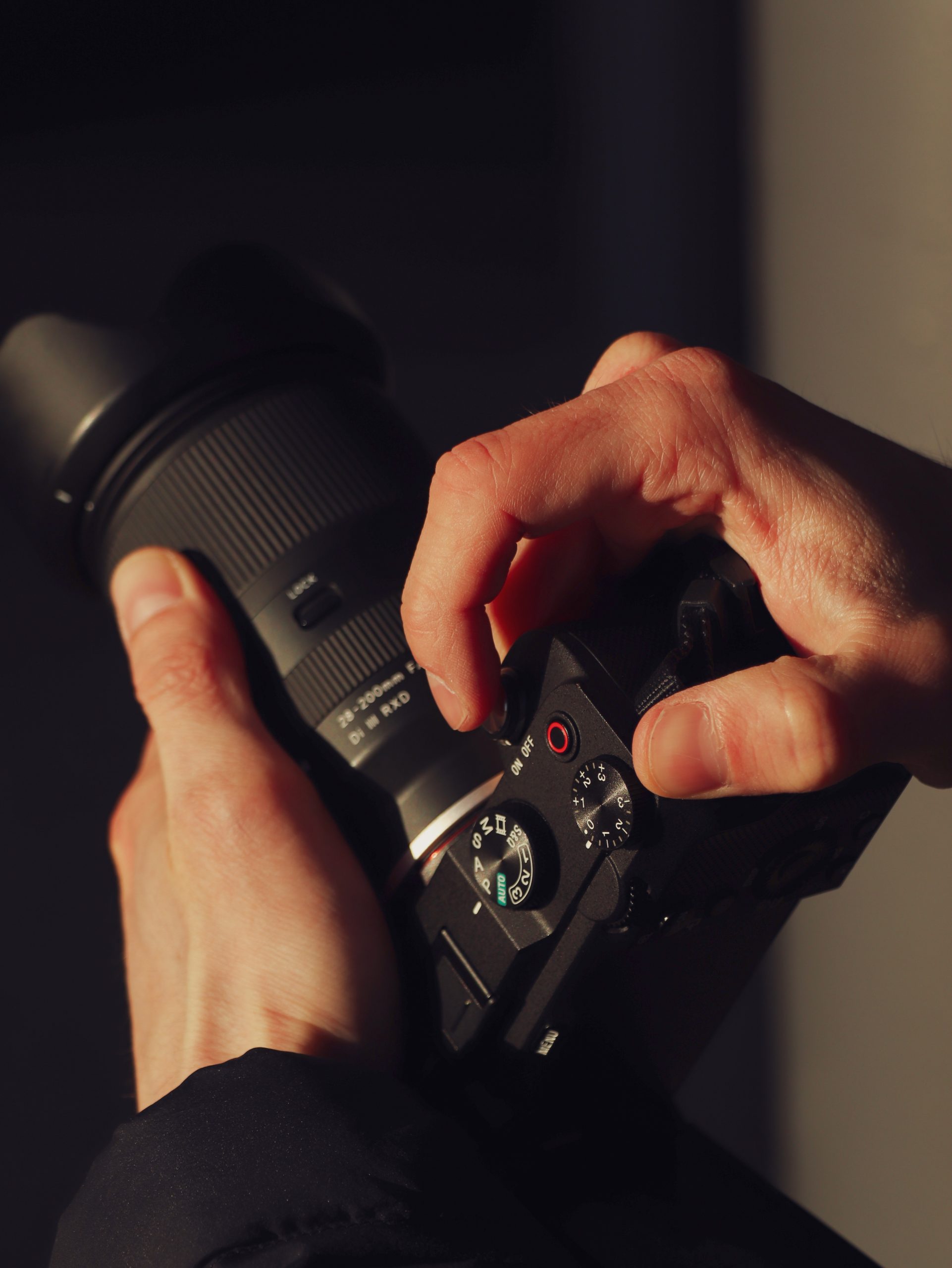
Demystifying Photography Jargon: A Comprehensive Guide for Beginners
Introduction
Photography is an immersive and multifaceted art form that boasts a rich lexicon comprising technical terms and expressions essential to its practice. For someone new to the world of photography, comprehending these terms can be a daunting task. This blog post serves as a comprehensive guide aimed at unraveling the intricacies of photography jargon, offering beginners a solid foundation upon which to build their photographic expertise. By the end of this journey, you’ll possess the confidence to navigate your camera settings, effectively communicate with fellow photographers, and embark on a thrilling photographic adventure.
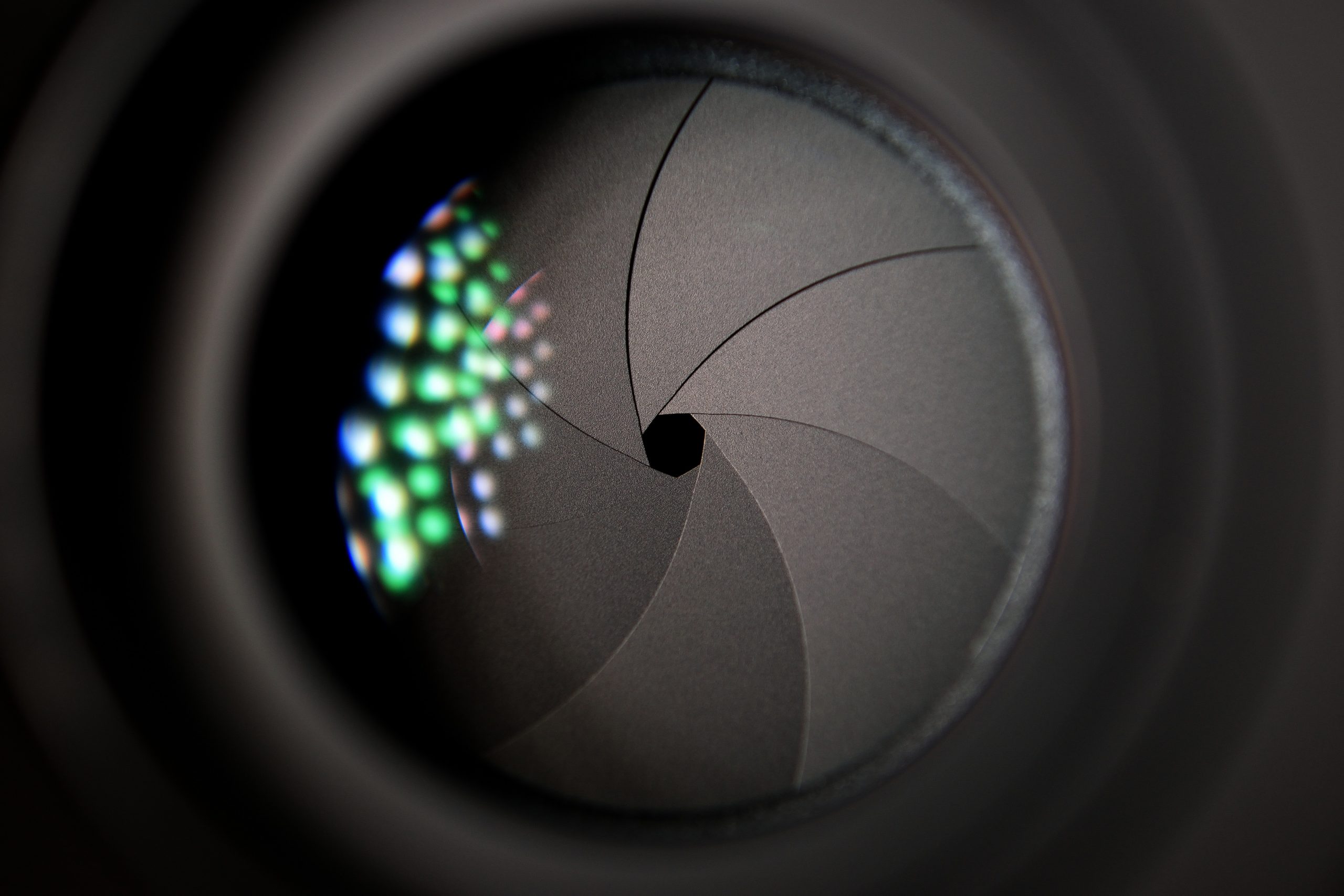
Aperture: The Gateway to Light Control
The aperture, denoted by f-stops like f/2.8 or f/8, is a pivotal component in controlling the amount of light entering the camera. Lower f-numbers, such as f/1.4, signify a wider aperture, which permits a greater influx of light and results in a shallow depth of field, allowing for that beautifully blurred background or „bokeh.“ Conversely, higher f-numbers, like f/16, result in a narrower aperture, restricting the quantity of light and creating a larger depth of field where more of the image is in focus. Understanding aperture is crucial for controlling your image’s exposure and creative potential.

Shutter Speed: The Conductor of Temporal Symphony
Shutter speed is the temporal gatekeeper of photography, expressed in fractions of a second, such as 1/1000 or 1/60. It dictates how long the camera’s sensor or film is exposed to incoming light. Fast shutter speeds, like 1/1000, are employed to capture swift-moving subjects, effectively freezing action. Conversely, slow shutter speeds, such as 1/30, enable the sensor to gather light for a more extended period, rendering the effect of motion. The appropriate selection of shutter speed hinges on your creative intent, be it capturing a racing athlete in sharp focus or crafting a dreamy, long-exposure waterfall shot.
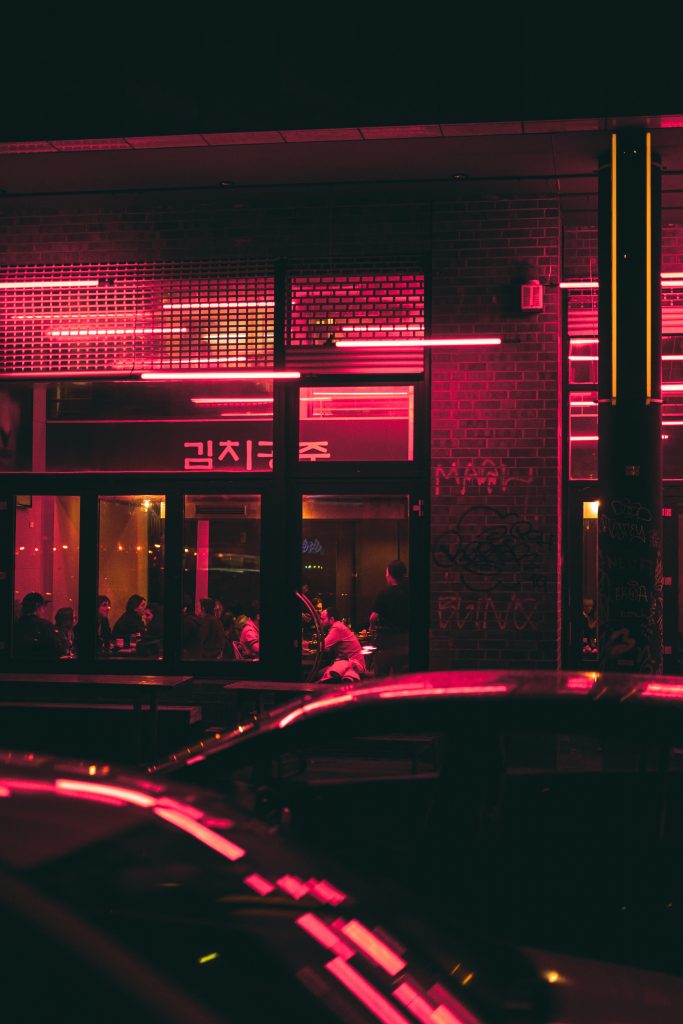
ISO: Sensitivity to the Illumination
ISO, or International Organization for Standardization, measures your camera’s sensor sensitivity to light. A low ISO, like ISO 100, indicates lower sensitivity, apt for brightly lit scenarios. In contrast, a high ISO, such as ISO 3200, boosts sensitivity, making it ideal for low-light situations. However, it’s essential to be aware that higher ISO settings can introduce undesirable noise or grain in your images. Choosing the right ISO setting is pivotal in achieving a balanced exposure and maintaining image quality.
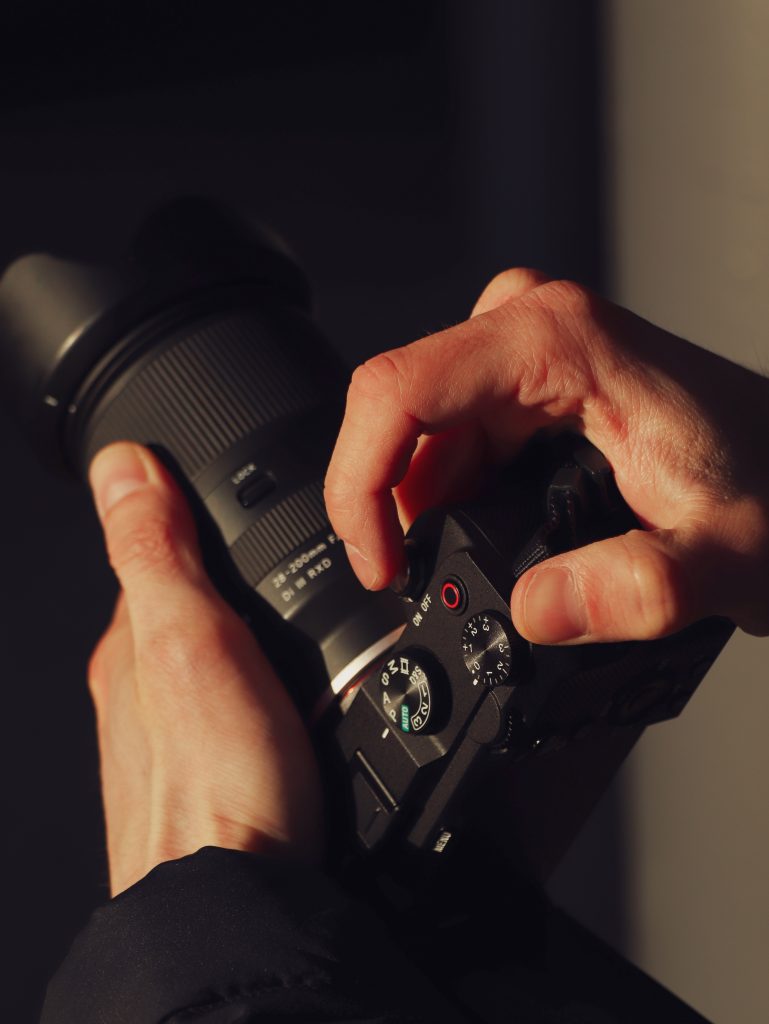
Exposure: The Harmonious Marriage of Aperture, Shutter Speed, and ISO
Shutter speed is the temporal gatekeeper of photography, expressed in fractions of a second, such as 1/1000 or 1/60. It dictates how long the camera’s sensor or film is exposed to incoming light. Fast shutter speeds, like 1/1000, are employed to capture swift-moving subjects, effectively freezing action. Conversely, slow shutter speeds, such as 1/30, enable the sensor to gather light for a more extended period, rendering the effect of motion. The appropriate selection of shutter speed hinges on your creative intent, be it capturing a racing athlete in sharp focus or crafting a dreamy, long-exposure waterfall shot.
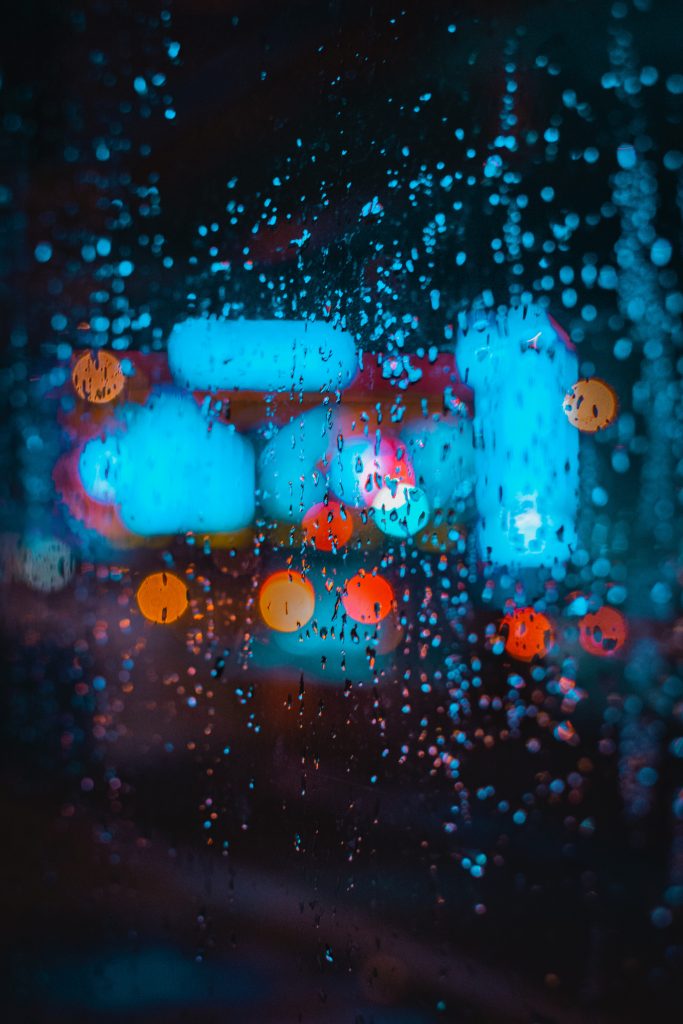
Bokeh: The Artistic License of Out-of-Focus Areas
Bokeh, a Japanese term, refers to the aesthetic quality of the out-of-focus areas within a photograph. This effect is often characterized by soft, blurred backgrounds that result from the use of a wide aperture. Bokeh not only adds a touch of artistry to your images but also helps in isolating your subject, drawing the viewer’s attention to the focal point. Mastery of bokeh allows you to create visually captivating and emotionally engaging photographs.
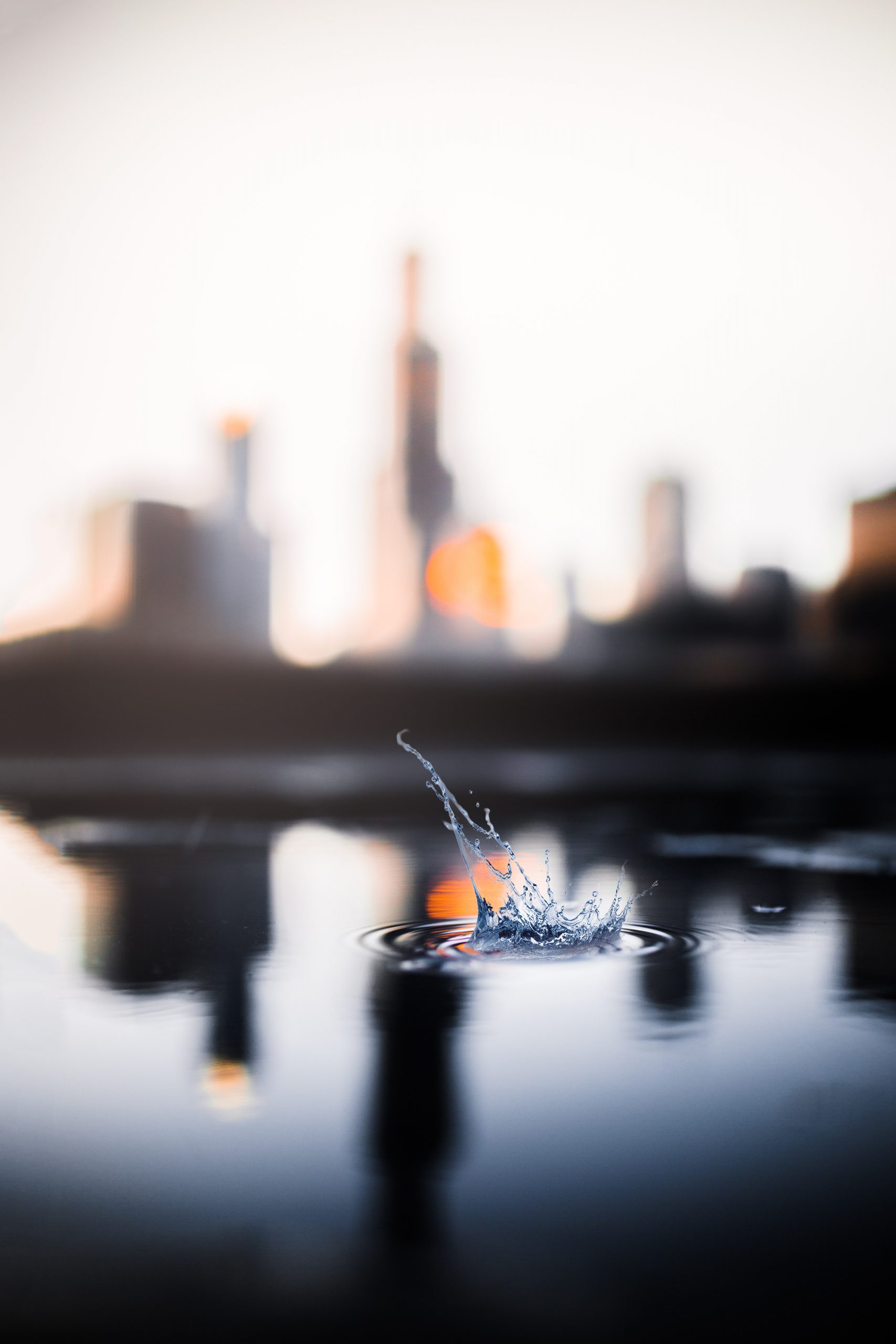
Depth of Field (DOF): The Visual Plane of Focus
The depth of field defines the range of distances within an image that appears acceptably sharp. It’s a fundamental concept in photography with far-reaching creative implications. A shallow depth of field results in a limited area of sharp focus, isolating your subject and blurring the background, whereas a large depth of field extends focus throughout the frame, allowing more elements to be sharply defined. Mastering depth of field empowers you to convey depth, emphasis, and storytelling in your images.
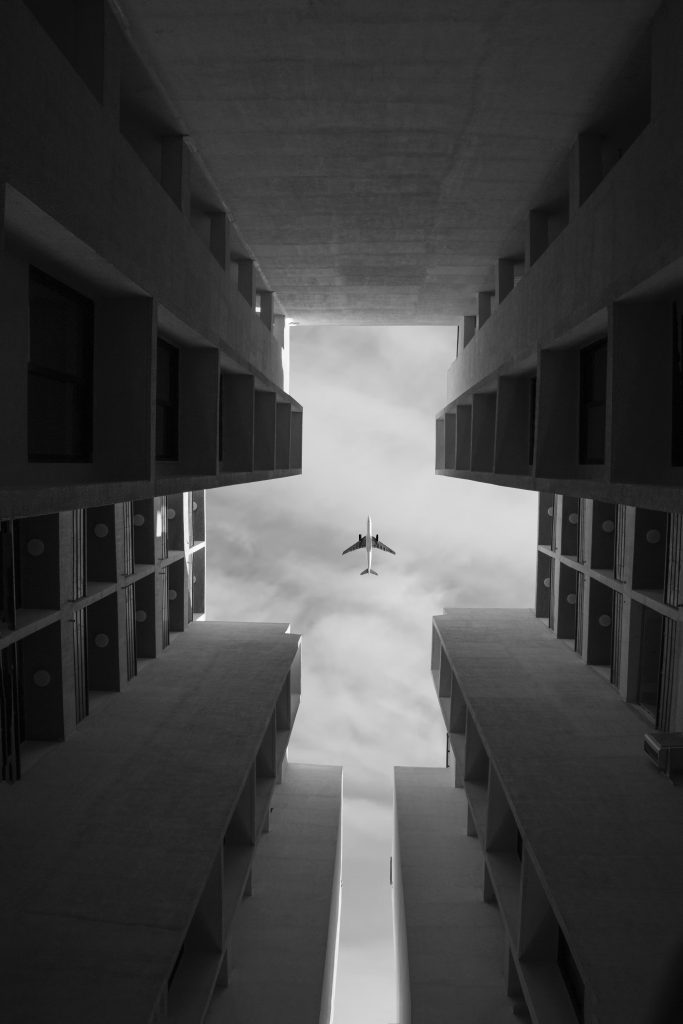
Composition: The Art of Visual Arrangement
Composition is an intricate aspect of photography that entails organizing elements within your frame to craft visually appealing and impactful images. It involves employing various techniques such as the rule of thirds, leading lines, framing, and balance to guide the viewer’s eye and create a harmonious visual narrative. Composition is your creative palette, enabling you to shape your images to communicate your message effectively.
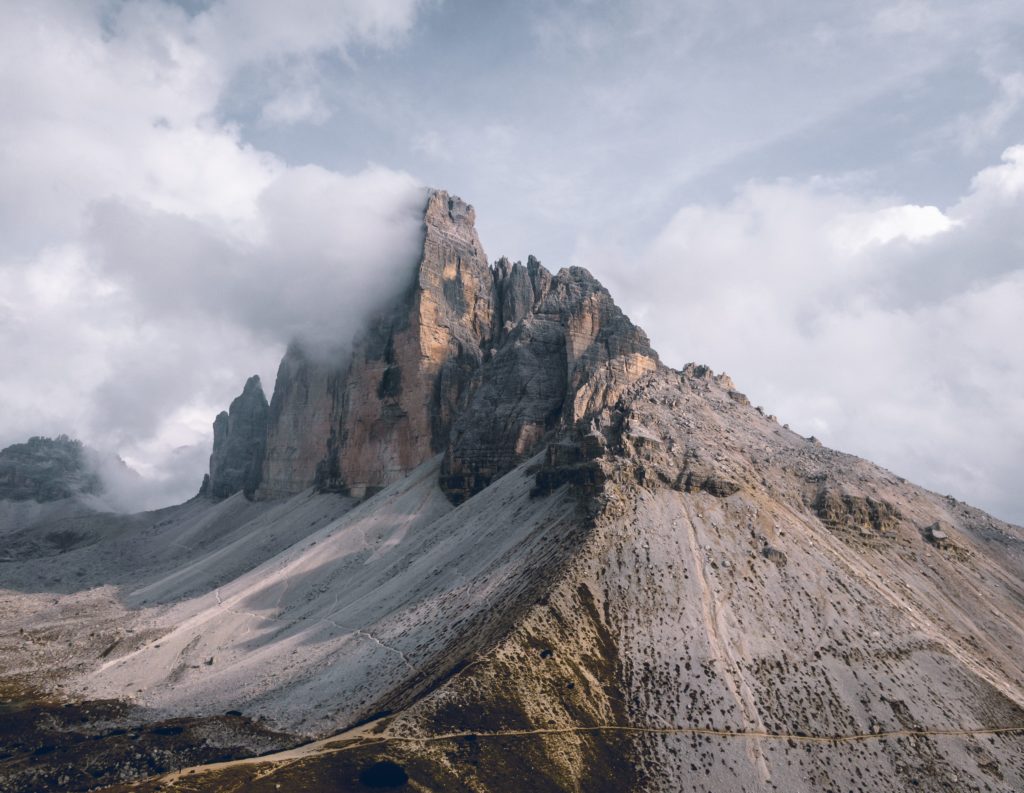
RAW: The Digital Negatives of Photography
RAW is a file format that serves as the digital negative, capturing and retaining all the data recorded by your camera’s sensor. Unlike JPEG, RAW files preserve the full dynamic range and detail, providing unparalleled flexibility during post-processing. Though RAW files demand specialized software for editing, they offer the photographer greater creative control, enabling them to fine-tune exposure, color, and tone to achieve their artistic vision.

JPEG: The Standard Image Format
JPEG, short for Joint Photographic Experts Group, is a widely used image file format. JPEGs are the result of in-camera processing that compresses the image and discards certain data. While JPEGs are suitable for easy sharing and viewing, they offer limited latitude for post-processing. Choosing between RAW and JPEG formats depends on your intended use and editing preferences.

Bracketing: Expanding Your Exposure Horizons
Bracketing involves capturing multiple shots of the same subject at varying exposures. This technique is particularly useful for High Dynamic Range (HDR) photography, where it enables the photographer to merge multiple exposures into a single image, rendering a broader tonal range and capturing intricate details in both highlights and shadows.

White Balance: Taming the Color Temperature
White balance is the process of adjusting the colors in your image to ensure that whites appear truly white. Different lighting conditions can cast color shifts, and white balance corrections help neutralize these color casts. Selecting the appropriate white balance setting is crucial for achieving accurate and natural colors in your photographs.

Focal Length: Zooming In on Perspective
Focal length, measured in millimeters, determines the angle of view and magnification of a lens. Shorter focal lengths, such as 24mm, capture wider scenes, ideal for landscapes and group shots. In contrast, longer focal lengths, like 200mm, bring distant subjects closer and are perfect for isolating subjects in portraits or wildlife photography.

Histogram: The Visual Guide to Exposure
A histogram is a graphical representation of the tonal distribution within your image, showing the distribution of shadows, midtones, and highlights. Histograms are invaluable tools for evaluating your exposure, helping you to prevent overexposure or underexposure, and ensuring your image contains a balanced range of tones.
Conclusion
Photography, while complex and multifaceted, is an art form that rewards those who invest time in learning its language and techniques. The journey of a beginner photographer is characterized by exploration, experimentation, and a growing familiarity with photography jargon. Armed with this comprehensive guide to essential terms and concepts, you now have a sturdy foundation upon which to build your photographic prowess. As you embark on your photographic journey, remember that practice, patience, and a curious spirit are your greatest allies. Embrace the terminology, wield your camera with confidence, and allow your creative vision to flourish. The world of photography awaits your exploration, interpretation, and artistic expression.


